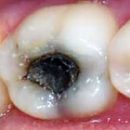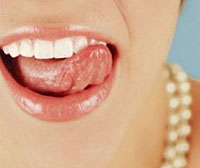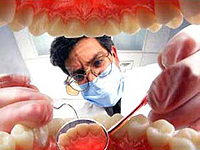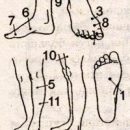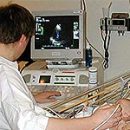What is Pulpitis? What are the methods of treating pulpitis? Answers to these questions you will find in the article.
Content
Pulpitis is the inflammatory process of the pulp of the tooth (in everyday life - «nerve») arises as a result of penetration of microbes, characterized by severe pain, pain from temperature stimuli and most often exacerbated at night.
Most often, the cause of pulpitis is the microbes and their toxins penetrating the pulp from the carious cavity in the teeth. Pulita - Streptococcus (hemolytic and non-benefit), but the pulpit can be caused by staphylococci, lactobacillia. Inflammation in the teeth begins with infection of areas close to carious cavity. In the future, microbes and toxins penetrate the root pulp.
Also, the pulpit can be caused by a teeth injury - a fragment of a part of the crown, a tooth fracture. Pulpitis can be caused by a temperature factor or chemical (acid, alkali).
Main symptoms of pulpitis: soreness with temperature change, interrupted or continuous extremely strong toothbrows. Treatment of pulpitis is to remove the pulp from the tooth channels, followed by their high-quality sealing. Currently, we use the most progressive technologies for sealing root canals.
From methods for treating pulpitis should be allocated:
- conservative (biological), in which the viability of the pulp is preserved;
- Surgical, in which the inflamed pulp is removed, and the tooth root canal is filled with sealing material.
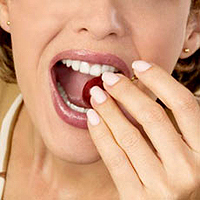 The biological method is used in reversible inflammatory diseases of the pulp, traumatic pulpitis, accidental opening of the tooth cavity. Method is most effective in young healthy people.
The biological method is used in reversible inflammatory diseases of the pulp, traumatic pulpitis, accidental opening of the tooth cavity. Method is most effective in young healthy people.
Disclosure, expansion, the formation of the carious cavity occurs as in the treatment of caries. Particular attention is paid to drug treatment, unprofitable antiseptics, antibiotics, proteolytic enzymes are used, eliminate potent substances, as well as alcohol, ether.
The main stage of the treatment of pulpitis - the imposition of therapeutic paste on the bottom of the cavity. Pasta must have an anti-inflammatory effect, strengthen the regeneration of tissues.
After the imposition of therapeutic gasket, the cavity is closed with a temporary seal (bandage).
The final seal seal is produced after 5-6 days in the absence of patient complaints.
In the absence of treatment - necrosis of pulp and the distribution of the process to the breakfast fabrics. In the treatment, as a rule, the outcome is favorable.
Pulita Prevention - Timely Treatment of Caries.

